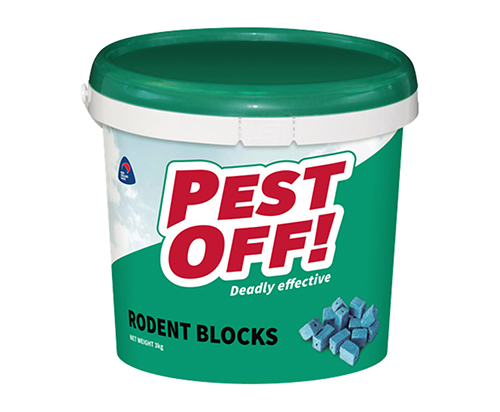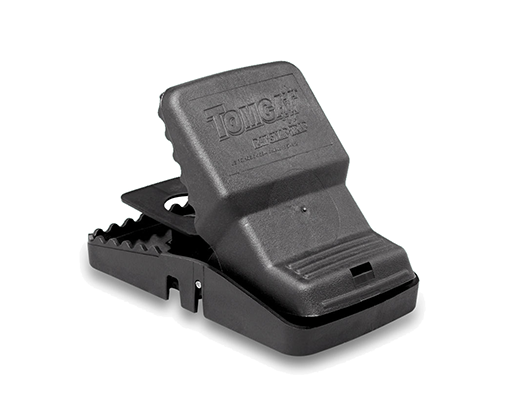Quick, Clean Kill Key to Effective Rodent Trap
Part of the national drive for Predator Free 2050 is the control of rodents. Every land manager and owner has a role to play. If enough of the population take up the challenge and participate, we can expect numbers to fall.
Rodents including the Norway rat, the roof rat and house mice are pests when they infest properties and threaten public health. They can damage or destroy critical habitats, native plants and animals, crops, property and food supplies.
Estimates of rat populations vary but because rats reach sexual maturity after 9 weeks, a population can swell from two rats to around 1,250 in one year. An estimated 25 million native birds are lost to predators every year. The challenge is to save our birds and native fauna so future generations will hear the song of our native birds. Rodents are not restricted to rural areas and many of our towns and cities have high populations of rats and mice.
Community groups are having success in reducing numbers, the proof being the proliferation of native bird species in their controlled areas. Trapping in an urban setting can be effective with just one trap per property, if enough of the community is involved. In a rural setting it is important to have traps in lines with 50m between traps and 100m between lines. In difficult terrain it is best to set lines down ridges and spurs and along contours to achieve the necessary spacing. Traps are best placed in a tunnel to both protect the trap and to direct the rodent into it.






